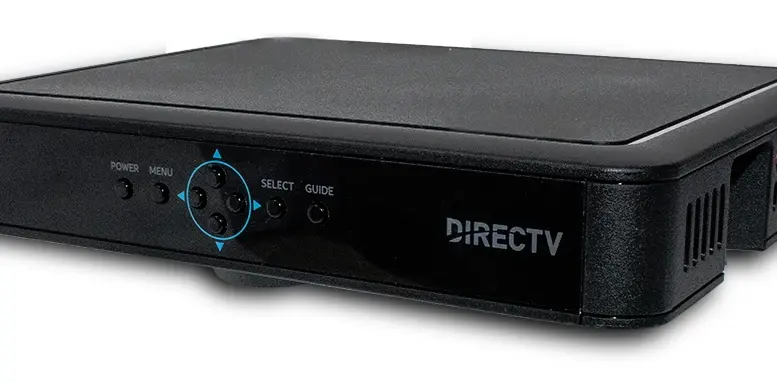Thanks to Signal Pro Rob Young for this suggestion!
Now that DIRECTV’s H26K Commercial Receiver is in wide release, the questions have been pouring in. I’ve created this document to answer as many questions as I can in a quick, easy-to-use guide.
What is so special about the H26K?
H26K is DIRECTV’s first truly new receiver since 2015’s H44 Genie Lite. It’s also the first receiver from DIRECTV that is intended only for the commercial market. Prior to the introduction of the H26K, all of DIRECTV’s commercial receivers were simply versions of their residential receivers with different software. The H26K is designed around the needs of commercial customers with multiple mounting options, easy Ethernet networking, and the ability to take full advantage of DIRECTV’s commercial SWM30 multiswitch.
If it’s newer than the H44, why isn’t it called the H45?
This is just one of those things you sort of have to “go along with.” The H44 Genie Lite was originally designed as part of the residential Genie family, and uses that nomenclature. In the 2000s, DIRECTV simply named their boxes with a generation number and another number that said how new they were. In other words, an H24 was the second generation of the HD box, and the fourth box in that line. H25 was the fifth box in that line.
With the arrival of the HR34 Genie in 2012, DIRECTV’s internal naming system switched. The first number was still the generation but the second number was the number of rooms that could be supported. HR34 was a generation three HD DVR, with the ability to support four rooms. HS17 was a first generation home server, with the ability to support seven rooms.
The H44 was originally built using the same motherboard as the HR54, with fewer capabilities. The H44 name was sort of a punt, I think, to keep it in line with the HR line but saying it wasn’t a DVR.
The H26K is really the successor to the H25. It even looks like the H25. So calling it H26 makes the most sense.
But really, they’re just model numbers and it’s not a big deal.
When will residential customers get the H26K?
Never say never, but there are no plans to release the H26K into the residential market. For those who still want a standalone receiver, there are still ample stocks of H24, H25, and H44 receivers available.
How many H26Ks can you put on a single SWM-30 multiswitch?
If your install consists of nothing but H26K and H44 devices, you can have two banks of 15 devices. If you have even one legacy (H25 or older) box, you can only have two banks of 13 devices.
Can you control the H26K with the DIRECTV App for Business, or with an IP-enabled matrix switch?
Yes, absolutely. As with all DIRECTV commercial equipment you need to be connected to your local network and it’s recommended that you set a static IP for each receiver.
Is there a wall mount kit for the H26K?
The H26K doesn’t need a wall-mount or TV-mount kit as it has everything you need built into it. There are two keyhole slots on the underside, a large flat area where you can use velcro-type tape, and slits where you can feed zip ties through.
Is there a rack mount kit for the H26K?
Yes there is. This rack kit from Cabletronix will accommodate H25 or H26K receivers.
Does the H26K use the same menus and remote control as H25?
The H26K uses the Genie Remote rather than the older white remote. It’s fully RF capable and doesn’t need an external antenna.
The menus are the same as are used on the Genie systems from home, but it’s easy to learn how to use them if you’re only familiar with the H25-style menu.
Can you use IR passthrough with the H26K?
Yes, unlike the H25 which has limited support for IR passthrough, every H26K has an IR passthrough port which can be used with any IR target cable.
Where can you go to be guaranteed you’ll get an H26K instead of an H25?
Of course, you want to shop at Solid Signal or call the commercial experts at 888-233-7563. If it’s after hours, fill out the form below and we’ll get right back to you!





